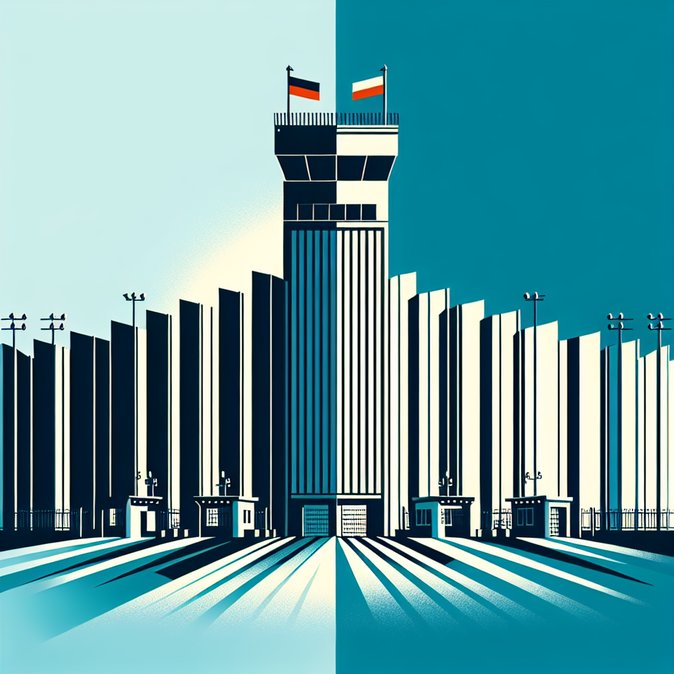
Speaking to the Financial Times in remarks relayed by Ukrinform on 24 October 2025, deputy interior secretary Maciej Duszczyk said Poland plans to complete a reinforced wall along its 418-kilometre frontier with Belarus by the summer of 2026. The barrier – part of a wider 10 billion złoty “East Shield” project – combines a 5.5-metre steel fence built in 2022 with new anti-tank obstacles, electronic surveillance and counter-drone systems.
Warsaw argues the upgrade is required to halt what it calls Minsk’s “hybrid operation” of funnelling migrants towards the EU. Once finished, officials expect the Polish-Belarus route to become “as close to 100 % secure as possible,” pushing irregular migration pressure further north and east.
For mobility managers the development carries several implications. First, legitimate cross-border business trips to Belarus will face lengthier inspections and possible rerouting via Lithuania or Ukraine. Second, EU companies relocating staff to Poland may find it harder to bring support vendors or family members who hold passports from migration-source countries that trigger heightened screening. Third, the project signals continued politicisation of Schengen internal border controls; Poland already controls its borders with Germany and Lithuania on a temporary basis.
Duszczyk acknowledged the risk of retaliation from Belarus or Russia but said the wall is “an investment in peace” that NATO allies support. Brussels has so far refrained from criticising the plan, noting member states can adopt extraordinary measures for national security. Businesses should monitor for new travel-advice updates and prepare contingency routes for time-sensitive freight that currently transits Belarus.
Warsaw argues the upgrade is required to halt what it calls Minsk’s “hybrid operation” of funnelling migrants towards the EU. Once finished, officials expect the Polish-Belarus route to become “as close to 100 % secure as possible,” pushing irregular migration pressure further north and east.
For mobility managers the development carries several implications. First, legitimate cross-border business trips to Belarus will face lengthier inspections and possible rerouting via Lithuania or Ukraine. Second, EU companies relocating staff to Poland may find it harder to bring support vendors or family members who hold passports from migration-source countries that trigger heightened screening. Third, the project signals continued politicisation of Schengen internal border controls; Poland already controls its borders with Germany and Lithuania on a temporary basis.
Duszczyk acknowledged the risk of retaliation from Belarus or Russia but said the wall is “an investment in peace” that NATO allies support. Brussels has so far refrained from criticising the plan, noting member states can adopt extraordinary measures for national security. Businesses should monitor for new travel-advice updates and prepare contingency routes for time-sensitive freight that currently transits Belarus.










